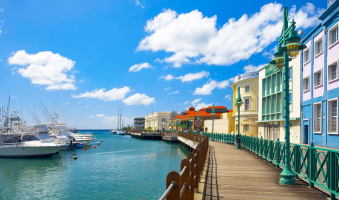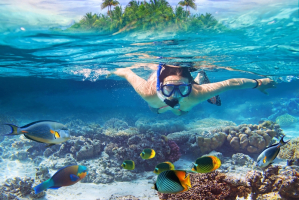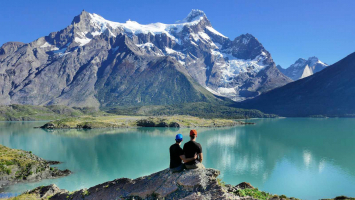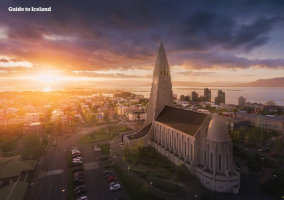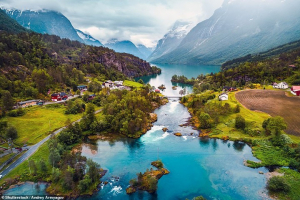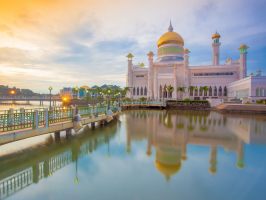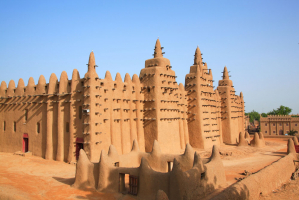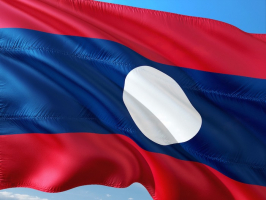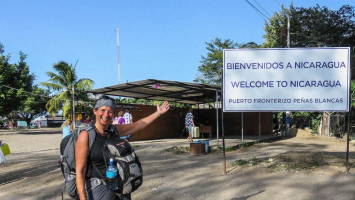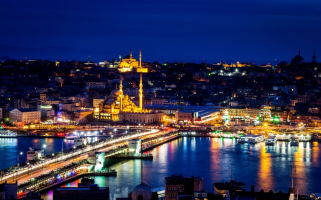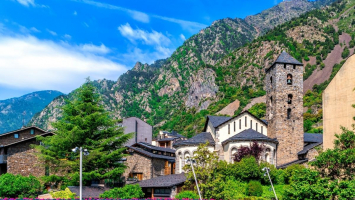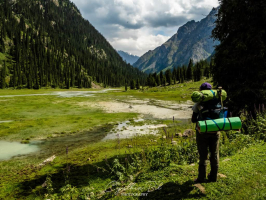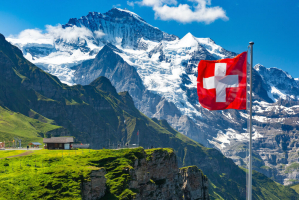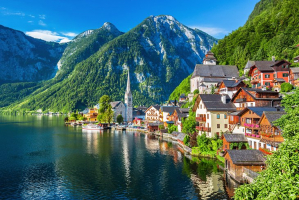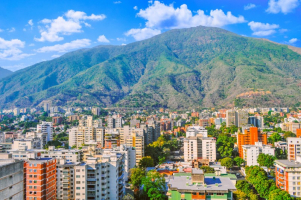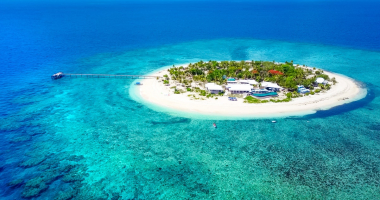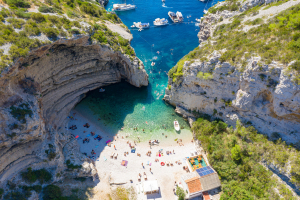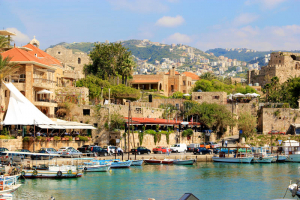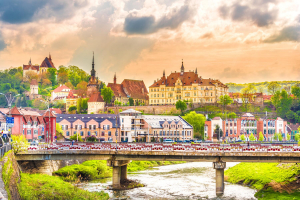Top 7 Things About Gabon You Should Know
Gabon – officially known as the Gabonese Republic – isn’t on most people’s radar. With a population of two million people, the country is squeezed between ... read more...Cameroon, Equatorial Guinea, the Republic of Congo, and the Atlantic Ocean. Actually, this West African country is progressive and extremely welcoming to visitors. Interested in finding out why? Let's take a look at these things about Gabon you should know.
-
The culture with the tribes is one of the things about Gabon you should know. According to UNESCO, people have lived in Gabon since the Palaeolithic period, continuing through the Neolithic and Iron Age periods to the present-day Bantu and Pygmy peoples. Pygmies arrived here prehistorically during the late Stone Age, and Bantu-speaking migrants arrived during the Iron Age. The pygmy people were Gabon's first inhabitants. The oldest reference to pygmy people dates back to 2276 B.C. Pygmy tribes are known for their hunting and gathering culture in the central African rainforest, as well as their short stature: adult members grow to less than 150 cm on average (4 feet 11 inches). They now make up about 0.3 percent of Gabon's population.
Little is known about Gabonese people until the thirteenth century, when Pygmies were largely replaced and absorbed by Bantu tribes migrating into the area. Of the approximately 40 Bantu tribes present in Gabon, the largest are the Fang, Eshira, Mbele and Okande. Only a small percentage of Gabonese people live in towns, as the majority live in coastal areas and villages along the banks of the many rivers, following a more traditional rural way of life.
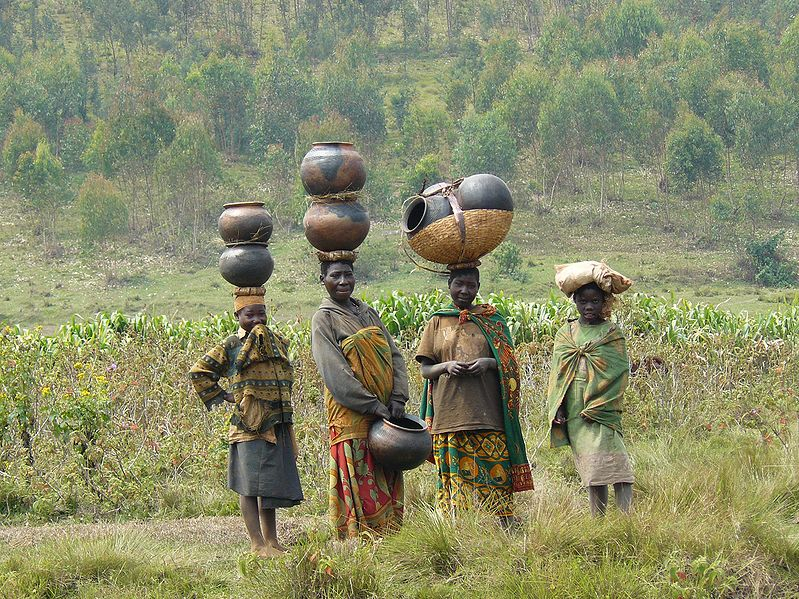
news.mongabay.com 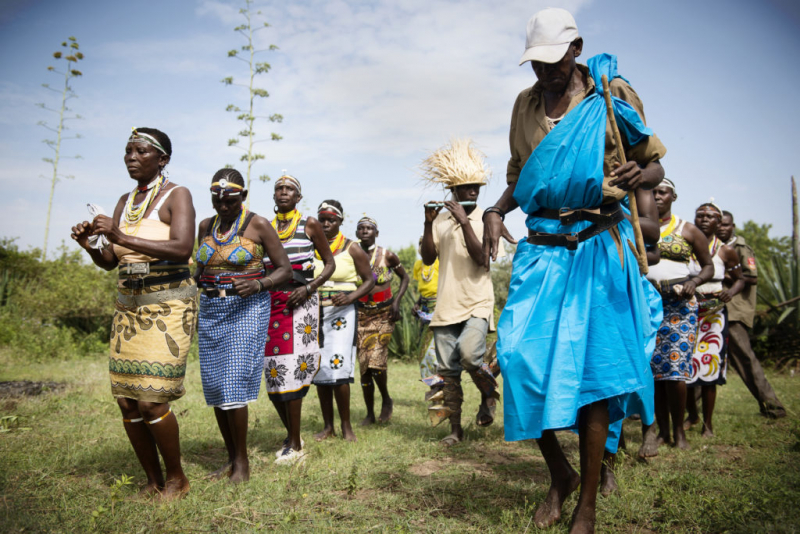
asiliaafrica.com -
Gabon's forest covers nearly 90% of the country. Rainforests are critical for absorbing the world's greenhouse-gas emissions, and Gabon's rainforest absorbs more carbon than the country emits. Gabon became the first African country to receive payment for reducing carbon emissions through rainforest protection in 2019. The Central African Forest Initiative, based in the United Nations, has paid $17 million of a $150 million contract. The figure is calculated using a formula based on the number of tonnes of carbon that would have been released otherwise.
Gabon's annual deforestation rate is low and stable in comparison to the rest of the world, making it one of the few remaining High Forest, Low Deforestation (HFLD) countries on the planet. This low rate is the result of a combination of socioeconomic circumstances and deliberate political action: low population density, high urban population (almost 90%), and reliance on food imports rather than local agriculture; combined with strong forest protection policies such as a network of 13 protected areas and increased sustainable management practices in the forestry and timber sector.
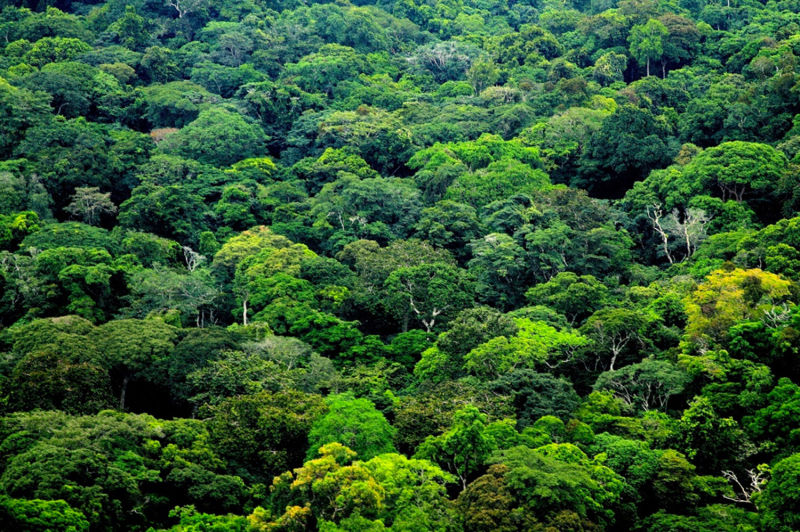
fair-and-precious.org 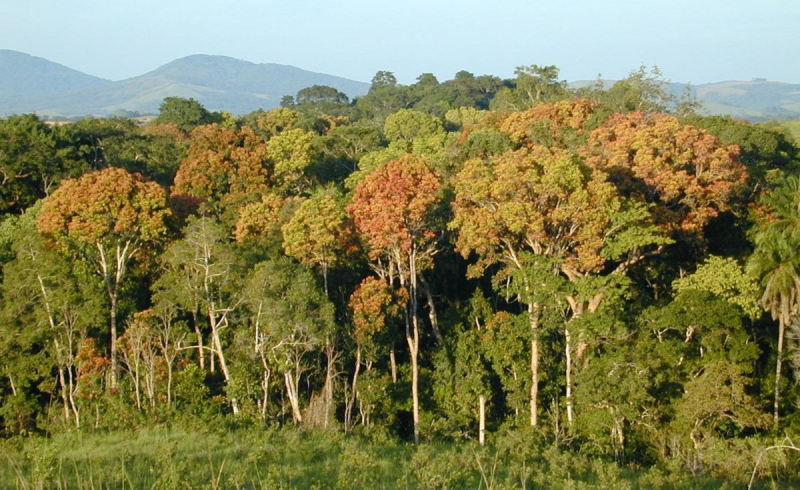
allafrica.com -
Gabon is one of only 13 countries in the world where the equator passes through. As a result, Gabon has an equatorial climate characterized by high humidity and warm temperatures. The rainy season begins in October and lasts until May. There is almost no rain between June and September, but humidity persists. As a result of climate information, you can plan your travel time.
A dense equatorial rainforest covers roughly three-fourths of the country, containing over 3,000 species of vegetation, including the okoumé, a hardwood tree that is the backbone of Gabon's timber industry. Antelope, monkeys, gorillas, numerous tropical birds, and elephants of various species live in the rainforest. In the country's center, Lopé National Park (originally Lopé-Okanda Wildlife Reserve, founded in 1946) is one of several national parks. In 2007, the park and its associated archaeological sites were designated as the Ecosystem and Relict Cultural Landscape of Lopé-Okanda by UNESCO. Gabon’s flag is a green, yellow and blue horizontally striped flag. The yellow represents the equator.
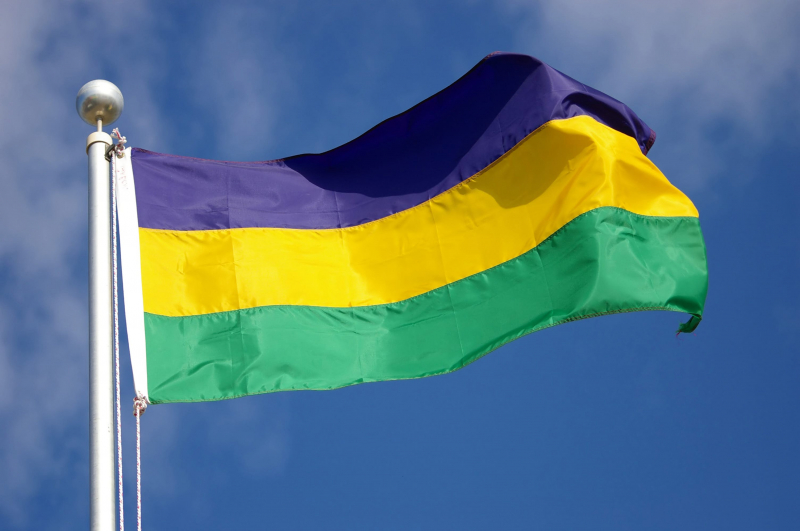
freewheely.com 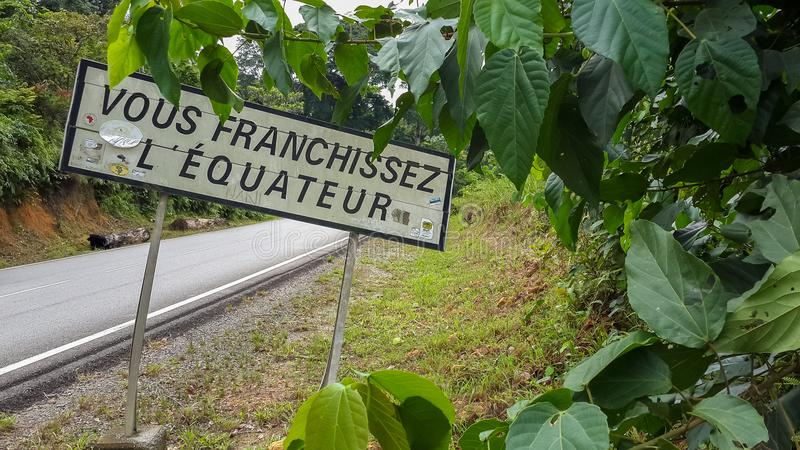
dreamstime.com -
Gabon, with an impressive 11.25 percent of the country designated as national parkland, has a spectacular array of wildlife to enthrall nature enthusiasts in its dense rainforests and open savannah. Combine that with superb white-sand beaches, rushing rivers, and ethereal landscapes, and you have an Eden-like travel experience in an unexplored part of Africa.
Gabon pledged nearly two decades ago to set aside more than 10% of its landmass for a network of national parks. To protect Africa's wildlife, the Gabonese government has collaborated closely with The Wildlife Conservation Society. There are now 13 national parks with a total area of more than 10,000 square miles. Gabon established a national park agency, Agence Nationale des Parcs Nationaux (ANPN), in 2007 to manage the network. The president then announced in 2014 that ANPN would establish ten marine protected areas covering 23% of the country's territorial waters. Authorities expanded this in 2017 to include nine new marine parks and 11 new reserves.
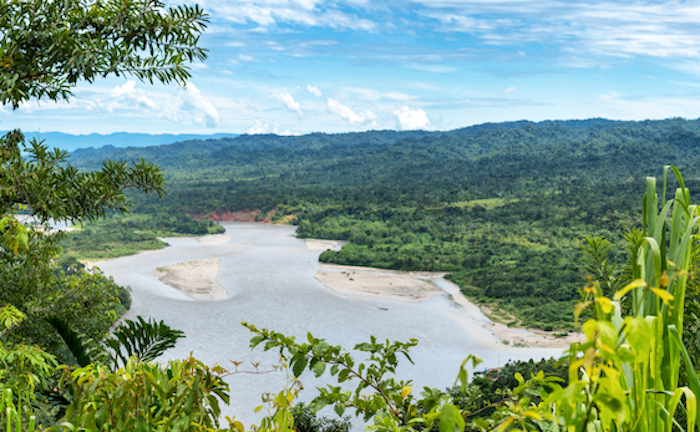
bigseventravel.com 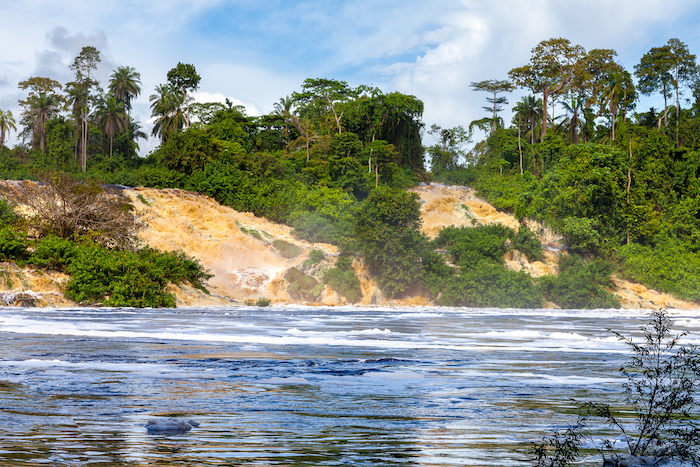
bigseventravel.com -
Loango National Park, dubbed "Africa's Last Eden," is one of the best places in the country for wildlife viewing. The reserve, located between the Njomi and Ndogo Lagoons, is home to a staggering diversity of habitats, ranging from pristine beaches to savannas to rainforests. It is, unsurprisingly, home to a variety of wildlife.
Loango National Park's safari circuit provides excellent game viewing, beginning with a walk along the Atlantic's palm-fringed beaches, one of West Africa's last remaining wild coastlines. You may see forest elephants and, if you're lucky, hippos making their way to the sea, as well as monkeys and chimps in the distant trees. The park itself is massive, covering 1,550km2 of lagoons, jungle, and savannah, and it is teeming with wildlife — reptiles, birds, and many large and small mammals, including a troop of habituated western lowland gorillas. Then there's the plethora of flora. On a slow boat or pirogue — even by foot, you will immerse yourself in the lushness of it all; towering trees covered in lichen; exotic ferns and colourful mushrooms that burst out from the forest floor. This is unquestionably one of the things about Gabon you should know.
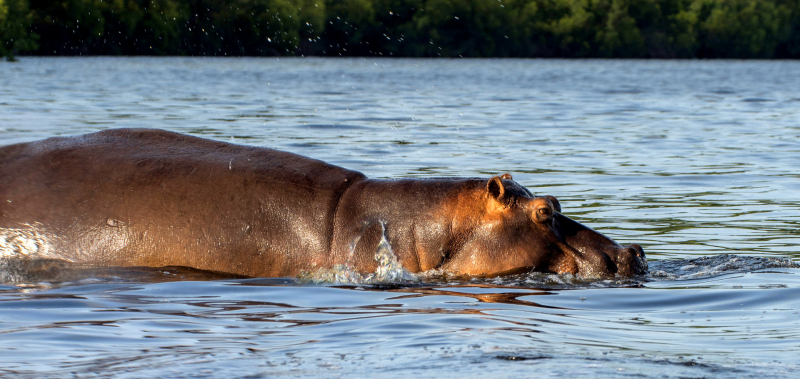
gabonwildlifecamps.com 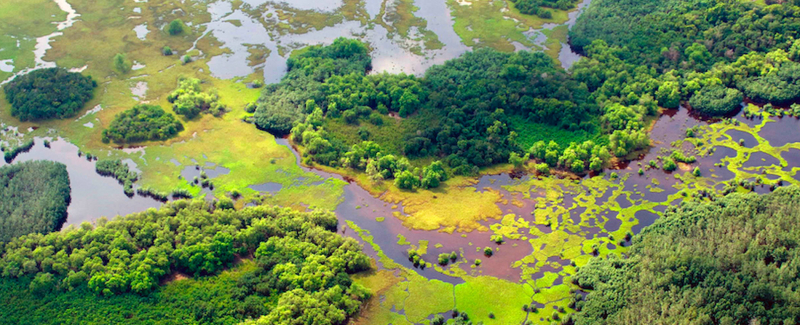
greatguides.com -
The Lopé-Okanda Ecosystem and Relict Cultural Landscape, a UNESCO World Heritage Site, is one of the things about Gabon you should know. It demonstrates an interface between dense and well-conserved tropical rainforest and relict savannah environments with a wide range of species and habitats, including endangered large mammals. The site depicts ecological and biological processes as they relate to species and habitat adaptation to post-glacial climatic changes.
The Lopé-Okanda Ecosystem and Relict Cultural Landscape contains evidence of the successive passages of different peoples who have left extensive and comparatively well-preserved remains of habitation around hilltops, caves and shelters, evidence of iron-working and a remarkable collection of some 1,800 petroglyphs (rock carvings). The property’s collection of Neolithic and Iron Age sites, together with the rock art found there, reflects a major migration route of Bantu and other peoples from West Africa along the River Ogooué valley to the north of the dense evergreen Congo forests and to central east and southern Africa, that has shaped the development of the whole of sub-Saharan Africa.
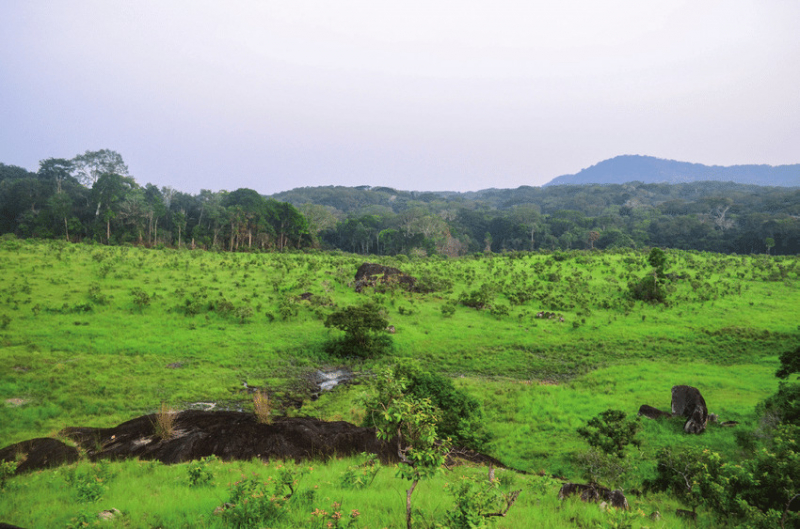
researchgate.com 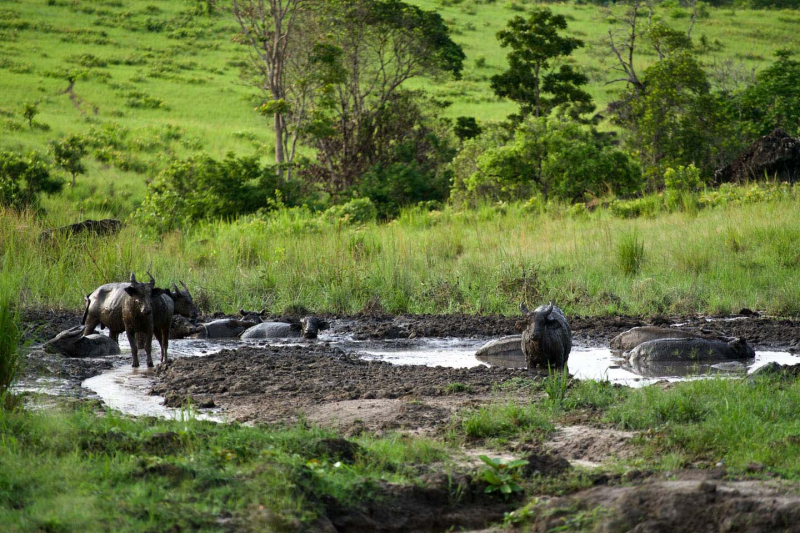
book-of-theworld.com -
Gabon is home to roughly 80% of Africa's gorilla population. Gabon's park forests are home to over 30,000 western lowland gorillas, the most in equatorial Africa. Gorillas can be found throughout Gabon's rainforest, but Loango National Park is home to the only habituated troop, which means they tolerate human presence without changing their behavior.
When spending time with gorillas, safety is a top priority, so there are a few practicalities to consider when planning your visit. As with any wildlife experience anywhere in the world, seeing the gorilla is not guaranteed because they travel long distances and their movements are unpredictable. You may need to walk for up to three hours through dense rainforest to find the gorilla, possibly even through swampy areas they prefer, so you must be physically fit and preferably have experience walking in hot, humid rainforest environments. Of course, you'll have to walk three hours back!
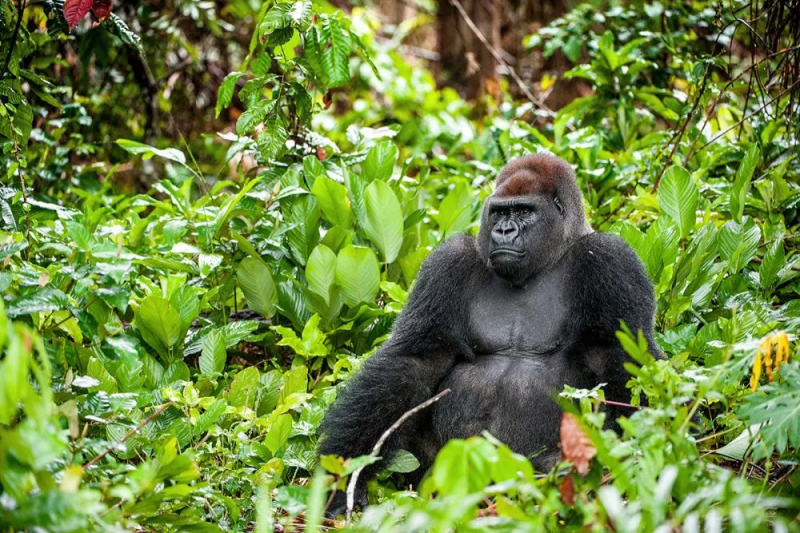
adventure-sense.com 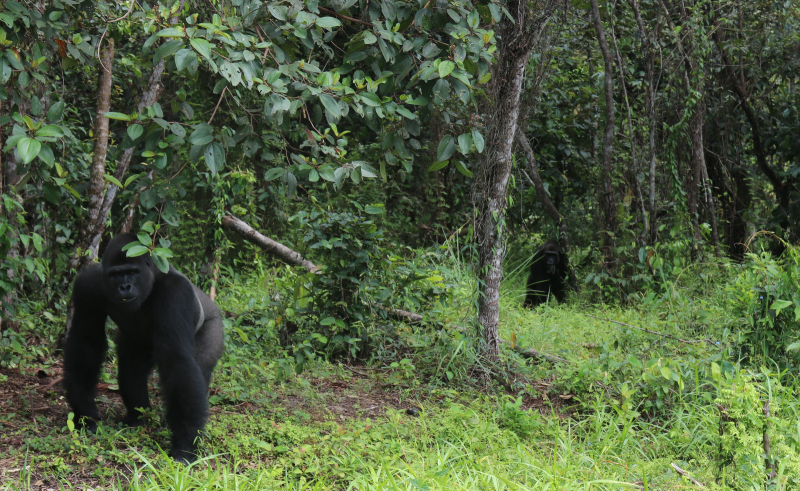
destinotes.com









